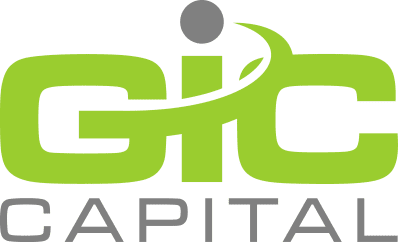Master the Financial Ecosystem: Insight into Credit Curve, the Spectrum of Business Borrowers, and the Intricacies of Bank Lending
Unravelling the Credit Curve: Mastering Business Lending and Borrowing
In the dynamic realm of business finance, comprehending lending practices and borrower types are pivotal for financial success. The credit curve, often overlooked, is a fundamental element that shapes this landscape. In this comprehensive guide, we will decode the intricacies of the credit curve, different types of business borrowers, and bank lending practices.
Credit Curve: The Risk-Reward Pathway
The credit curve serves as an illuminating pathway for understanding the interrelation between credit risk and expected returns. By incorporating default risk, interest rates, and recovery rates, the credit curve captures the potential return on investment for a given level of risk.
Understanding Default Risk
Default risk is an integral part of the credit curve. It is the risk that a borrower may not be able to repay a loan. Borrowers with higher default risks are deemed riskier, leading lenders to charge higher interest rates to offset potential losses.
Interplay of Interest Rates
Interest rates play a significant role in defining the shape of the credit curve. Higher-risk borrowers are charged higher interest rates, which widens the credit spread and steepens the credit curve.
Recovery Rates: A Crucial Aspect
Recovery rates, the amount that can be recovered from a defaulted loan, also impact the credit curve. Higher recovery rates flatten the curve, as lenders can recoup more of their investment in the event of a default.
Types of Business Borrowers
Understanding the types of business borrowers is critical for both lenders and borrowers. Here are the four primary types:
1. High-Risk Borrowers
These are businesses with unstable cash flows, poor credit history, or a high probability of default. They usually face higher interest rates due to their increased risk.
2. Medium-Risk Borrowers
Medium-risk borrowers often have inconsistent cash flows and moderate credit scores. They pose a medium default risk, attracting higher interest rates than low-risk borrowers but lower than high-risk borrowers.
3. Low-Risk Borrowers
Low-risk borrowers are typically well-established businesses with stable cash flows and excellent credit ratings. They attract lower interest rates due to their reduced default risk.
4. Speculative Borrowers
These are businesses that may not have a proven track record or stable cash flow but present a promising business plan or unique opportunity. Their risk level varies based on various factors like industry conditions and potential for success.
Bank Lending Practices
Bank lending practices often vary based on the bank's size, risk appetite, and borrower's creditworthiness.
Risk Assessment
Banks conduct thorough risk assessments before lending, which typically include evaluating the borrower's credit history, cash flow projections, and business plans.
Collateral Requirements
Collateral serves as a safety net for banks. Depending on the borrower's risk level, banks may require collateral to secure the loan.
Loan Pricing
Banks set interest rates based on risk levels. High-risk borrowers typically face higher interest rates to compensate for the potential default risk.
Loan Structuring
The structure of a loan is tailored to the borrower's needs. Banks may offer various types of loans, like term loans, revolving credit facilities, or asset-based loans, depending on the borrower's requirements.
Understanding the credit curve, the types of business borrowers, and bank lending practices can significantly enhance your ability to navigate the business finance landscape. Keep exploring, keep learning, and stay ahead of the curve!
Funding Sources Beyond Banks
Apart from banks, businesses can opt for alternative sources of funding. Some options include venture capital firms, angel investors, crowdfunding, and peer-to-peer lending. These options may offer different terms and interest rates compared to traditional bank loans.
Impact of Economic Cycles
Economic cycles impact the credit curve, affecting lenders' risk appetite and borrower behavior. During a downturn, lenders typically become risk-averse, leading to a tightening of credit standards. Borrowers may have difficulty securing loans and may opt for alternative sources of funding.
Regulatory Environment
The regulatory environment also plays a significant role in shaping the credit curve. Laws like the Dodd-Frank Act and Basel III have increased regulations and capital requirements for banks. This has led to a tightening of lending standards and higher interest rates for borrowers.
Conclusion
Navigating the business finance landscape requires a thorough understanding of the credit curve, borrower types, lending practices, and funding sources. Keep abreast of changing economic conditions and regulatory environments to make the best financing decisions. By applying these principles, you can secure the funding necessary to achieve your business's goals.
